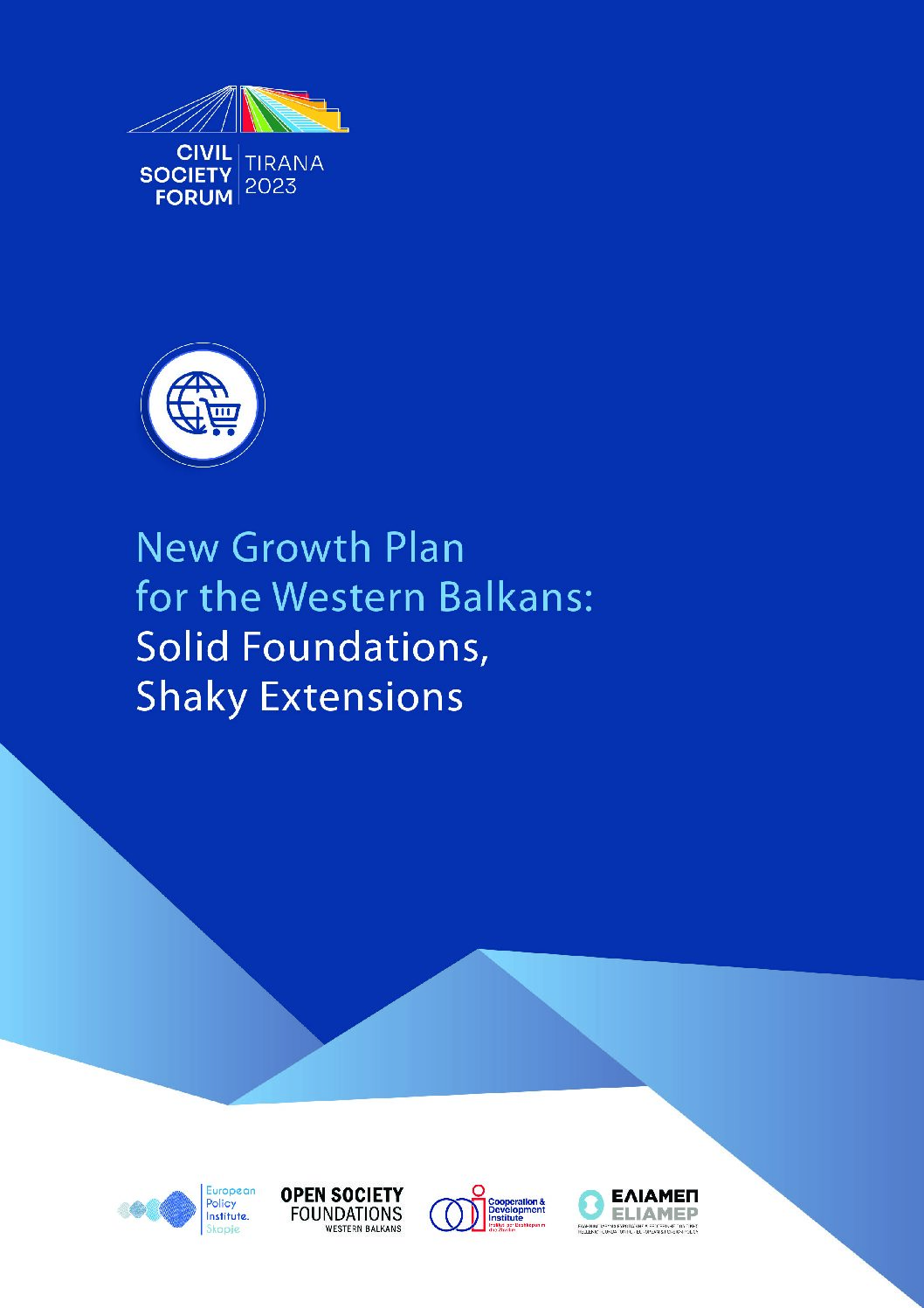New Growth Plan for the Western Balkans: Solid Foundations, Shaky Extensions
The New Growth Plan for the Western Balkans (Growth Plan) that the European Commission (EC) revealed in November 2023 starts on a promising note. The plan’s foundations rest on four pillars, which seem to be precisely what the Western Balkans (WB) needs to achieve enhanced growth rates, EU convergence, and social progress. The first pillar supports economic integration within the region via the existing Common Regional Market (CRM), essentially aiming to develop a single market for WB economies inspired by the EU single market model. The second pillar seeks to extend this integration to the level of the European Union (EU), enhancing the economic connection of the region with the EU’s single market. The third pillar is focused on providing additional financial assistance to the region to support integration efforts and incentivise the necessary reforms. The fourth pillar is designed to expedite the essential reforms required for the region to meet EU standards, serving as a complement to financial support incentives. Collectively, the pillars address the critical challenges the region is currently facing, such as weak institutions, insufficient reforms, the imperative for investment in infrastructure and public goods, the need to improve economic and political cooperation in the region, and the limited scope of the regional market.
However, a closer examination of the pillars reveals that they are largely lacking in substance, fail to tackle the primary issues within each area, and do not address the critical flaws of previous assistance packages. Therefore, the four pillars represent “more of the same” rather than being a “game changer”.





